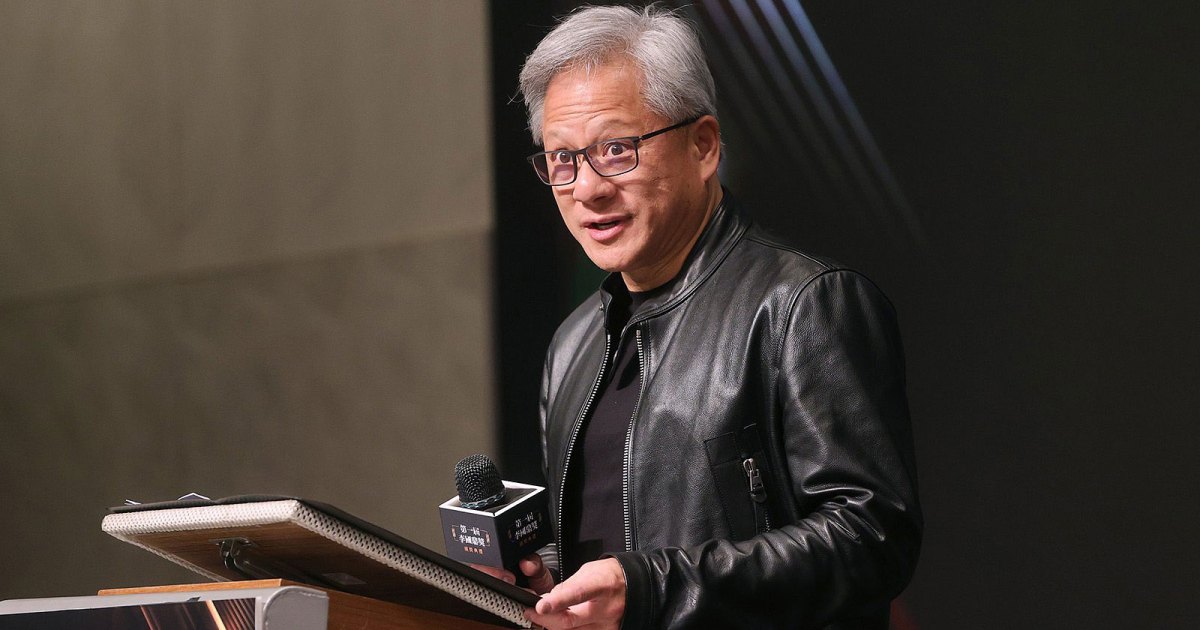Nvidia might be one of the world’s most valuable companies (less valuable after the recent tariff-inspired drops) but that doesn’t mean it doesn’t have problems. In the graphics cards space, this once-keystone-component of its business has turned into an absolute quagmire of failures following the launch of the RTX 50 series of GPUs and we’re only just starting to see how bad it’s gotten.
And we’re not even talking about the missing ROPs, the burned out power cables, or the ridiculous pricing. Nvidia’s drivers are an absolute mess and they’re causing crashes, black screens, and freezes in a number of games and with a wide range of Nvidia GPUs.
Innocent black screens
The first news of Nvidia’s driver issues started shortly after the end-of-January launch of the RTX 5090 and 5080. Along with the cards being borderline unavailable due to limited supply and scalped pricing, there were a few instances of the new cards crashing to a black screen during normal operation.
That’s unfortunate for a new generation of GPUs, but not entirely unheard of. A couple of new driver releases later and the problem seemed mostly cleared up. Certainly Nvidia claimed as such. And yet while the reports of new RTX 50 GPUs having black-screen driver issues reduced, we started to hear from older Nvidia graphics card owners more often. They claimed to be left out of Nvidia’s push for better driver stability, as problems seemed to increase after the driver updates, leading to some developers recommending gamers downgrade their drivers to older versions.
Upon further investigation there appeared to be some software-related issue with enabling some of Nvidia’s AI-powered features, like DLSS 4 and frame generation. Some gamers found that avoiding these features helped them dodge the black screens too. But considering these are some of Nvidia’s flagship graphics features, simply avoiding them is hardly ideal.
Deeper dives reveal steeper issues

As Nvidia contended with the new hotness in the AMD RX 9070 XT and its ongoing supply issues pushing the more affordable RTX 5060-series graphics launches back a few more weeks, some Nvidia owners and media organizations have been digging deeper into the issues that Nvidia’s drivers are causing, and the results aren’t pretty.
GamersNexus collated reports from affected users and tried its best to replicate the issues. It found that many of them continue to exist in a range of games, with and without Nvidia’s bespoke features. Host Steve Burke even went so far as to call this Nvidia’s worst new-generation of graphics cards he’d ever seen. Some of us heartily agree.
Some of the cited issues include:
- Crashes in Star Wars Outlaws when attempting to “Resume” a game.
- Hard crashes in Marvel Rivals when enabling frame generation, despite that game being used to market the new feature.
- Crashes in Cyberpunk 2077 when merely trying to load a previous save.
- Shadow of the Tomb Raider benchmark crash outs.
- High refresh rates and multi-monitor setups were particularly problematic.
- Waking from sleep could also cause crashes to black screens.
In some cases GamersNexus found that rolling back to older drivers can help the issues, especially with older Nvidia RTX 30 and 40 series GPUs. In others, disabling all Nvidia graphics driver features could also help. That includes G-Sync, frame generation, DLSS, and Nvidia Reflex. Other suggested fixes include swapping to a different monitor output, using HDMI or DisplayPort instead (or vice versa), and lowering your monitor’s refresh rate.
What now?

If you have an Nvidia RTX 50-series graphics card, the first thing you should do is check for problems. Find out if you have missing ROPs, potentially compromised power cables, or driver issues. If you do, get a refund and wait for Nvidia to sort itself out. If everything is fine, keep your fingers crossed. You might be one of the lucky ones.
If you have an older Nvidia graphics card and you have encountered anything like these issues, rolling back your driver to one released before the launch of the RTX 50 series seems like the safest plan for now. Additional fixes worth trying include lowering your monitor’s refresh rate and turning off any Nvidia-related features.
It’s also worth keeping an eye out on Nvidia’s driver updates. While team green has so far released five separate driver fixes for this particular issue, it is getting a lot of heat for the fact it’s not solved yet, so expect a continually expedited driver release schedule. If we keep the pressure up, we might be able to get this fixed in the next month or so.
If you’d rather get off the Nvidia train, though, AMD’s latest GPUs are a good alternative. The RX 9070 XT is a killer 4K and 1440p graphics card, while the RX 9070 isn’t’ far behind and you can even mod the BIOS to make it faster. Driver issue’s aren’t non-existent, but they’re nothing like the Nvidia issues. That’s a hell of an about face from just a few years ago, where AMD was known for its problematic drivers.
Read the full article here












